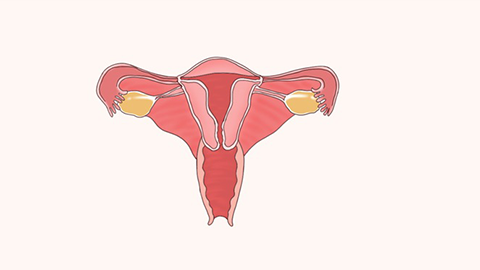It generally takes several years for adenomyosis to develop.
Adenomyosis usually refers to adenomyosis of the uterus. The development of adenomyosis does not follow a fixed timeline and is typically a slowly progressive condition that may take several years. In some patients, symptoms gradually appear over 5–10 years or even longer, while a few individuals may experience rapid progression or remain asymptomatic for extended periods. If symptoms such as progressively worsening dysmenorrhea (painful menstruation) or excessive menstrual bleeding occur, prompt medical consultation is recommended.

Adenomyosis of the uterus occurs when endometrial glands and stroma invade the myometrium (uterine muscle layer). Its development is associated with factors such as endometrial injury and hormonal imbalances. Repeated childbirth, abortions, and other uterine procedures can damage the myometrium, creating conditions conducive to endometrial invasion, a process that develops gradually over time.
Prolonged stimulation by hormones, especially estrogen and progesterone, promotes the growth of displaced endometrial tissue within the muscle layer, leading to uterine enlargement and thickening of the myometrium. Individual differences in constitution also affect the rate of progression; some people with higher sensitivity to hormones may experience relatively faster disease progression.
In daily life, it is important to avoid unnecessary intrauterine procedures and practice effective contraception. During menstruation, maintain warmth and avoid strenuous exercise. A balanced diet, reduced intake of high-estrogen foods, and maintaining regular sleep patterns can help lower the risk of developing adenomyosis.




